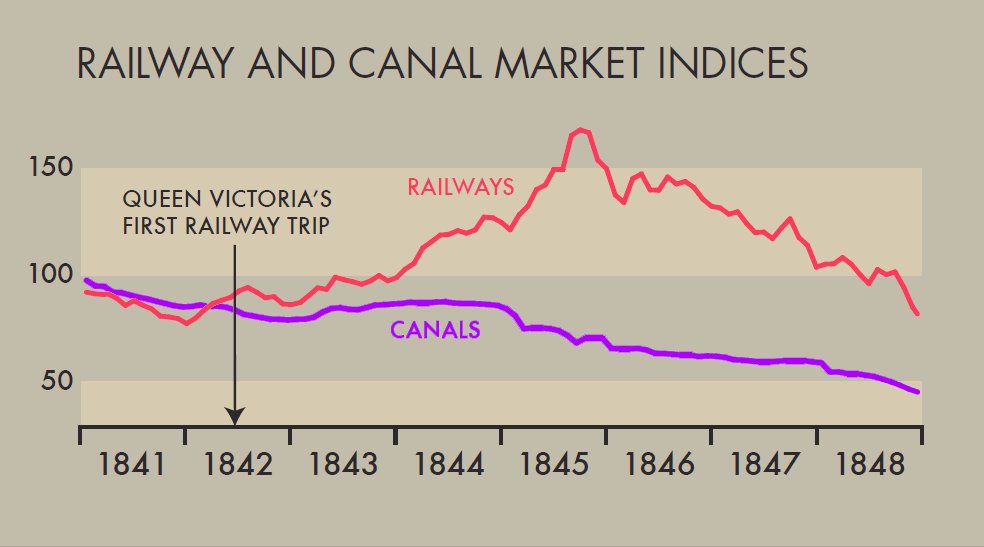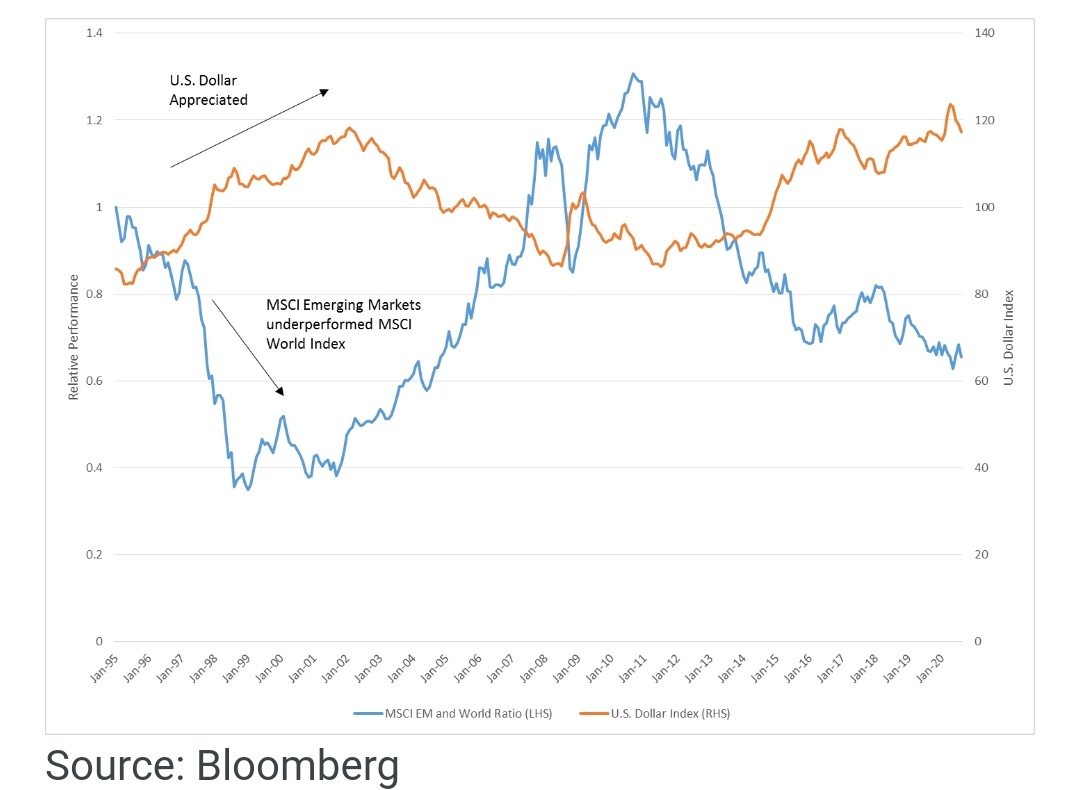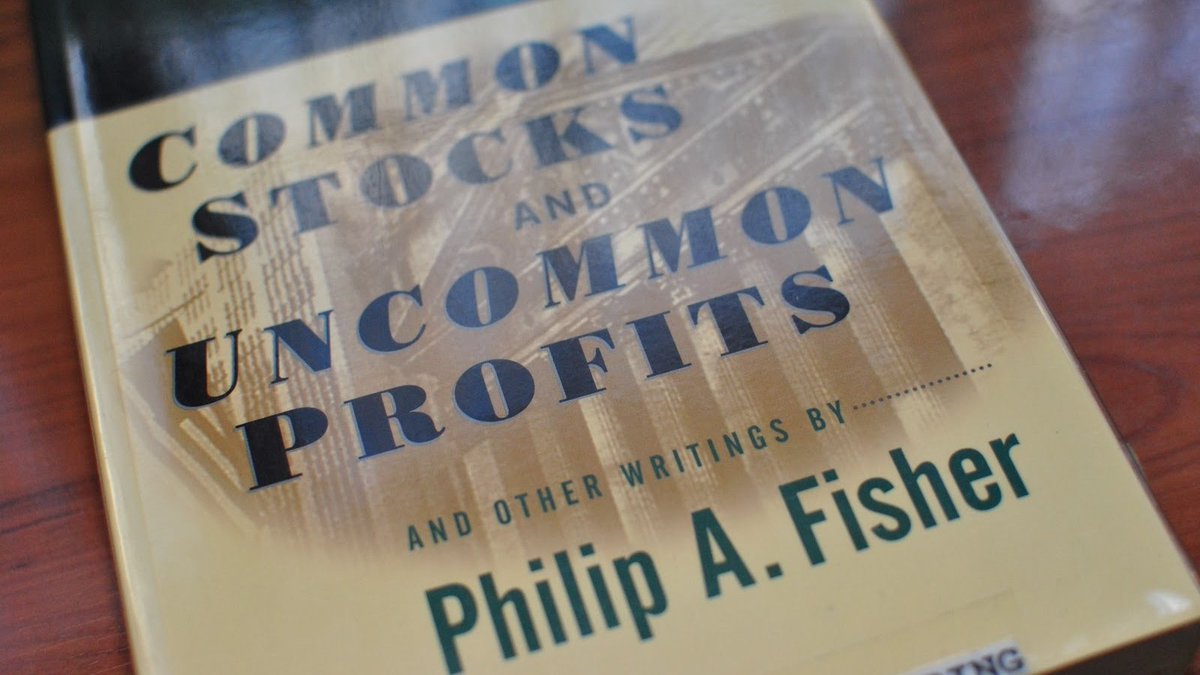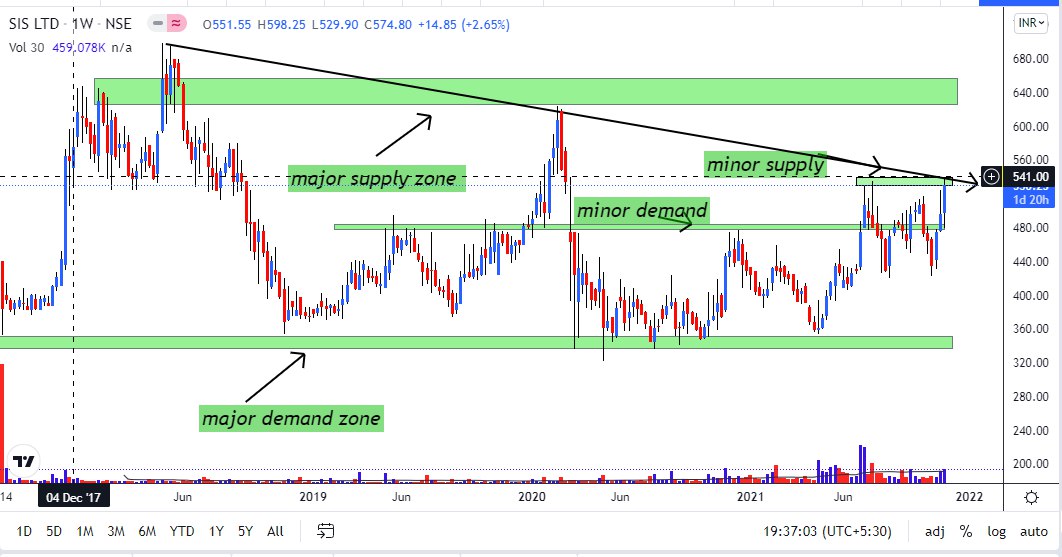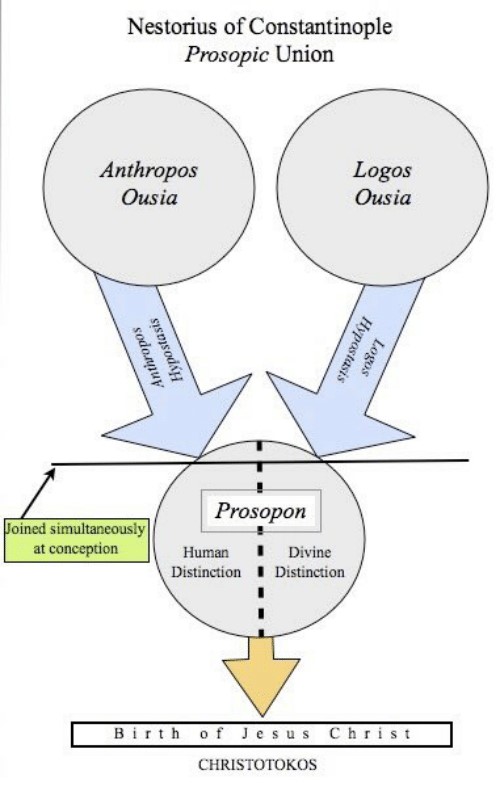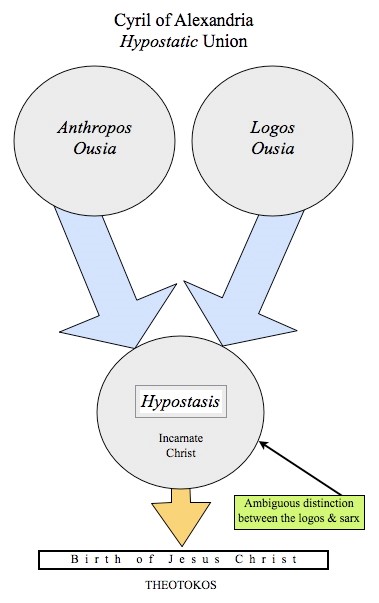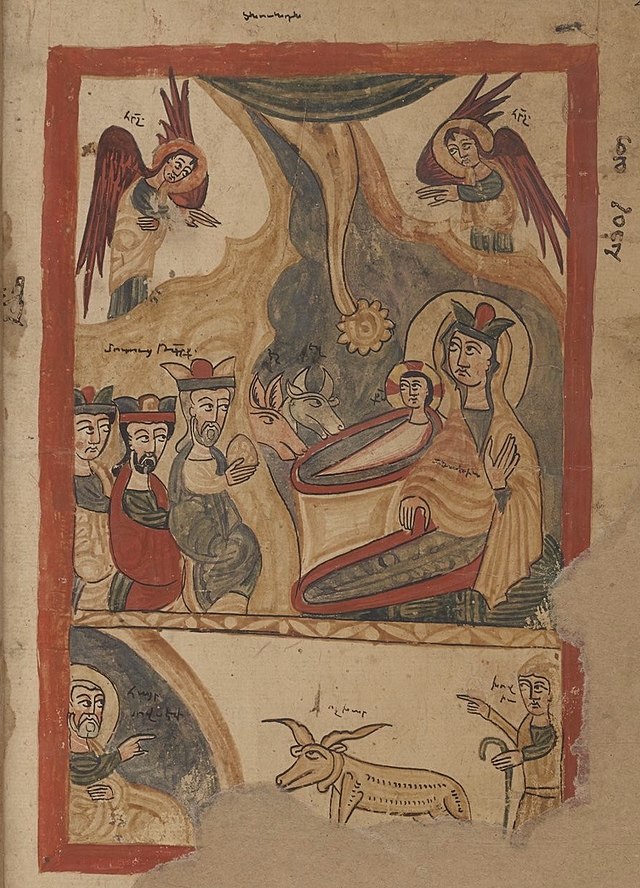While squeezing traders position has long been a guilty pleasure of the Hedge Fund community (and few aggressive banks, with questionable motives to skew prices), everybody seem to be shocked that retail traders do that, and running a decent risk management
My take on YOLO short squeeze and volatility..
I guess much has been said/written/memed about the most recent r/WSB YOLO short squeeze, and tbh have nothing really smart to add... but i'm puzzled by the pro-investment community reaction to this (namely HFs, bank sales desks
While squeezing traders position has long been a guilty pleasure of the Hedge Fund community (and few aggressive banks, with questionable motives to skew prices), everybody seem to be shocked that retail traders do that, and running a decent risk management
My best recollection of a brutal position squeeze was the $12bn JPM lost on CDX spread (aka, the London Whale)
https://t.co/bDHAL2UwpX
Back in these days the entire market knew that JP's trader was, in fact, the entire position in the illiquid index (off-the-run)
While in "normal" markets orderbook distribution oscillates between normal to slightly skewed, in the YOLO case I think that
If you trade options on YOLO stocks you DON'T trade vol, you trade hype...
1. some kind of continuous distribution
2. ability to dynamically hedge your delta exposure continuously
If your favorite YOLO stock don't hold these conditions, the implied vol is just a derivative of your MM risk tolerance...
Lastly, it seems like that as RH favorites loose their appeal (see $TSLA, $GLD, $AAPL) their vol drops significantly, so the only smart idea I have at the moment is to try and detect when they stop playing with their flavor of the week



